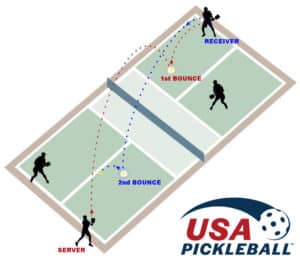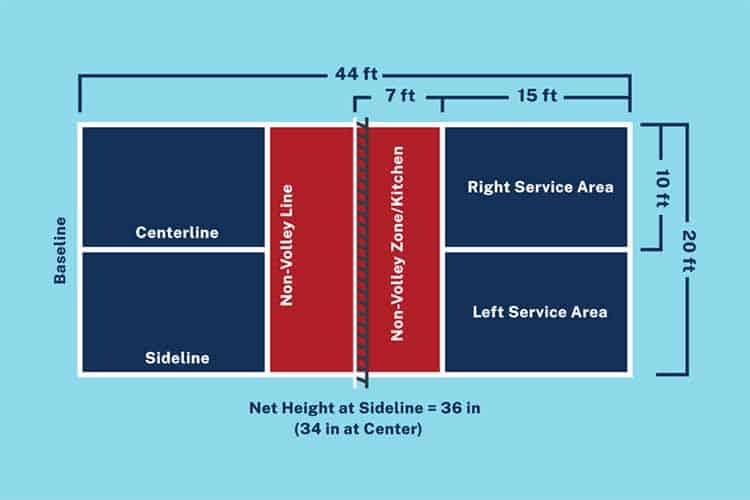DC Classic Tournament
The fifth annual pickleball tournament will be held on April 27 at the Southeast Tennis and Learning Center by WDCP assisted by DPR. All players
The fifth annual pickleball tournament will be held on April 27 at the Southeast Tennis and Learning Center by WDCP assisted by DPR. All players
The fifth annual pickleball tournament will be held on April 27 at the Southeast Tennis and Learning Center by WDCP assisted by DPR. All players
Pickleball was invented in 1965 on Bainbridge Island, a short ferry ride from Seattle, Washington. Three dads – Joel Pritchard, Bill Bell, and Barney McCallum — whose kids were bored with their usual summertime activities — are credited for creating the game. Pickleball has evolved from original handmade equipment and simple rules into a popular sport throughout the US and Canada. The game is growing internationally as well, with many European and Asian countries adding courts.
We invite you to join Washington DC Pickleball for full-time play — or simply drop in at one of our play sites to see what pickleball is about and to decide to learn the game with introductory lessons. If you’re just visiting DC, please feel free to come by and join the fun with us.
There are many great resources on Pickleball but the best is the USA Pickleball website at www.USAPickleball.org. Most of wht you find here can be seen there as well…
The following is an abbreviated form of the rules to give a quick overview of how the game is played. If there is a conflict between this summary and the official rules, the official rules prevail.


A pickleball court is the same size as a doubles badminton court and measures 20×44 feet. In pickleball, the same court is used for both singles and doubles play. The net height is 36 inches at the sidelines and 34 inches in the middle. The court is striped similar to a tennis court with right and left service courts and a 7-foot non-volley zone in front of the net (referred to as the “kitchen”). Courts can be constructed specifically for pickleball or they can be converted using existing tennis or badminton courts.
We invite you to join Washington DC Pickleball for full-time play — or simply drop in at one of our play sites to see what pickleball is about and to decide to learn the game with introductory lessons. If you’re just visiting DC, please feel free to come by and join the fun with us.
Click on location to get directions
For more updated information on where to play pickleball in Washington DC, please visit our Where To Play Pickleball page.
WPC members receive a 5% discount at www.pickleballcentral.com. Each time you use the discount, the WDCP also receives a 5% credit to use on balls, etc. Discount code provided to members after they join.